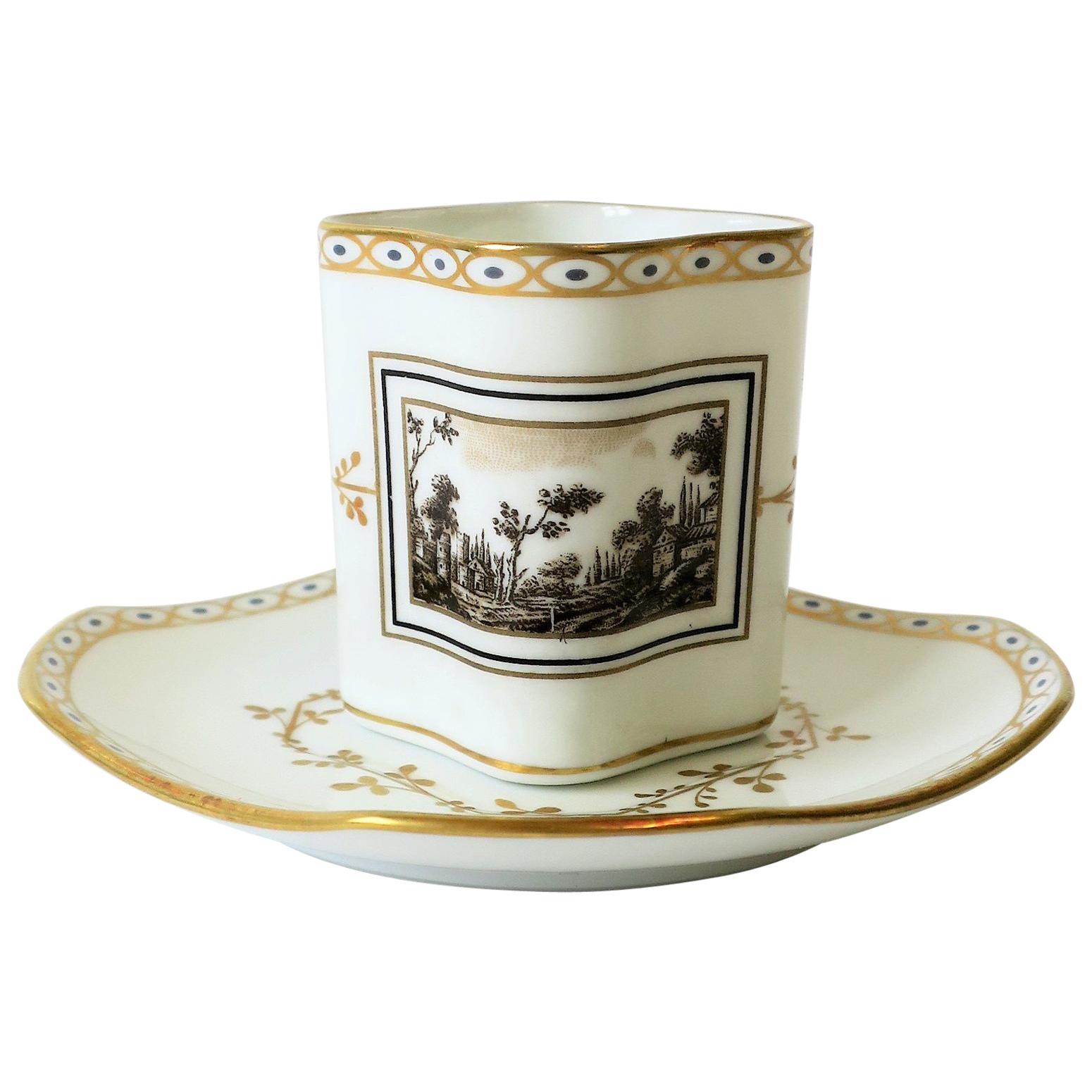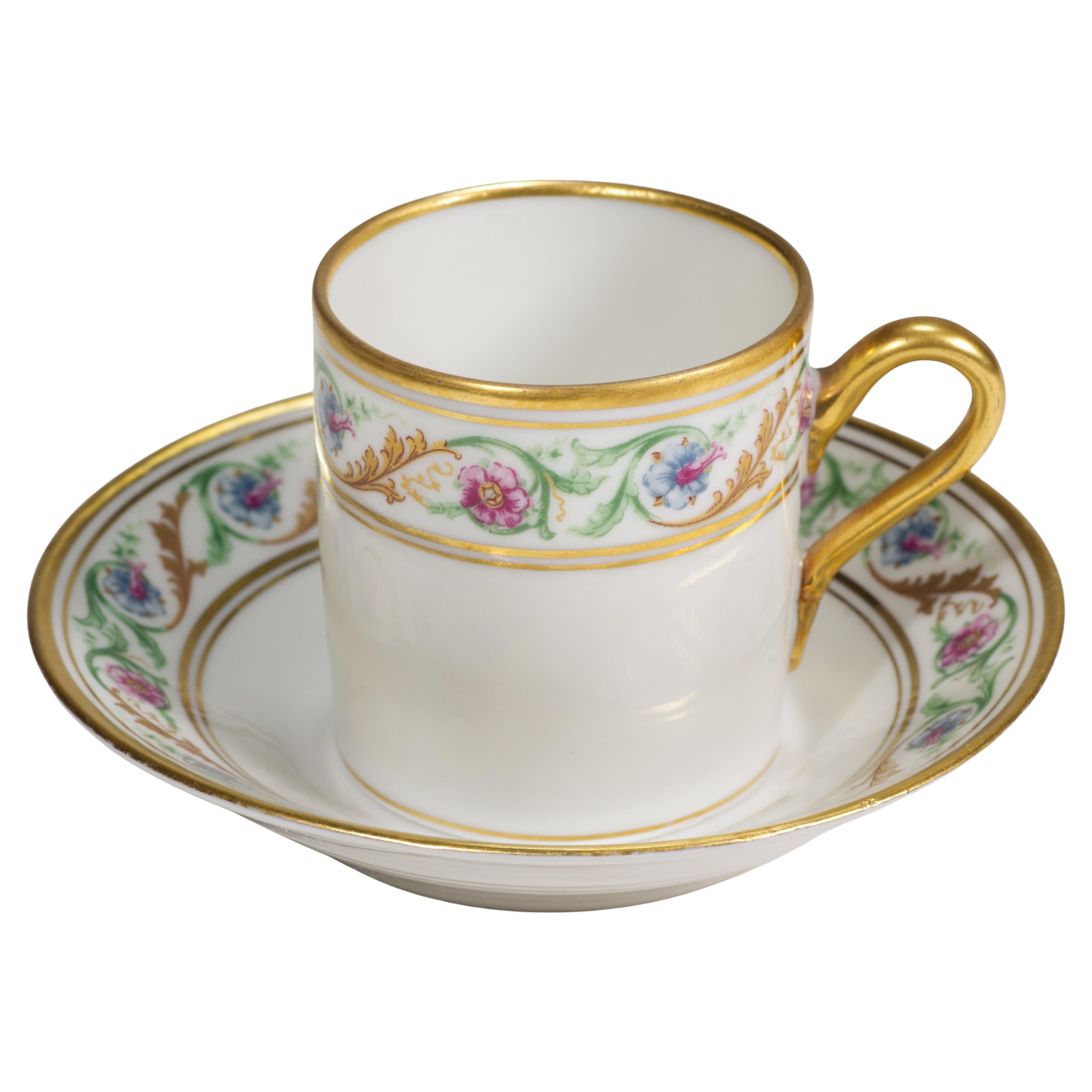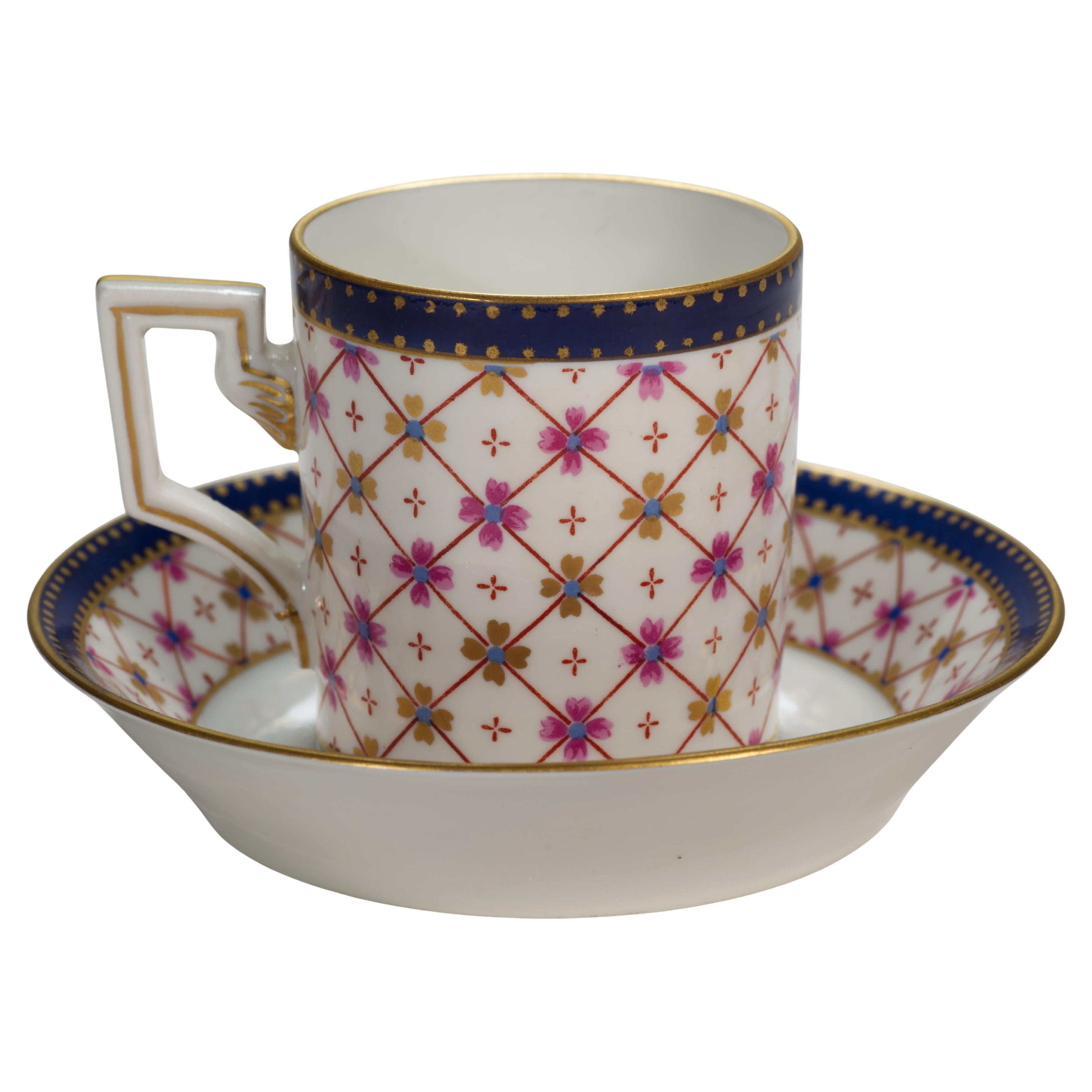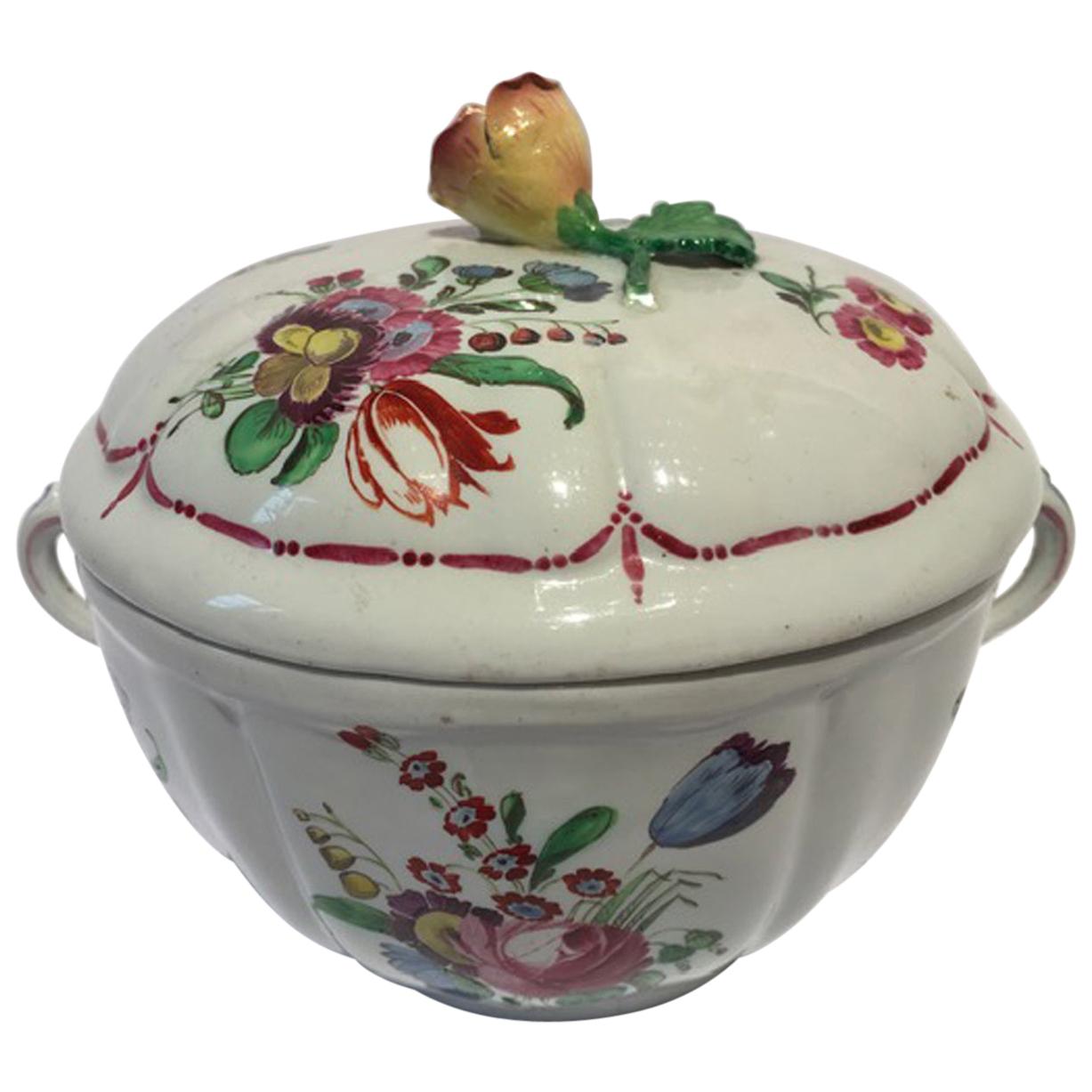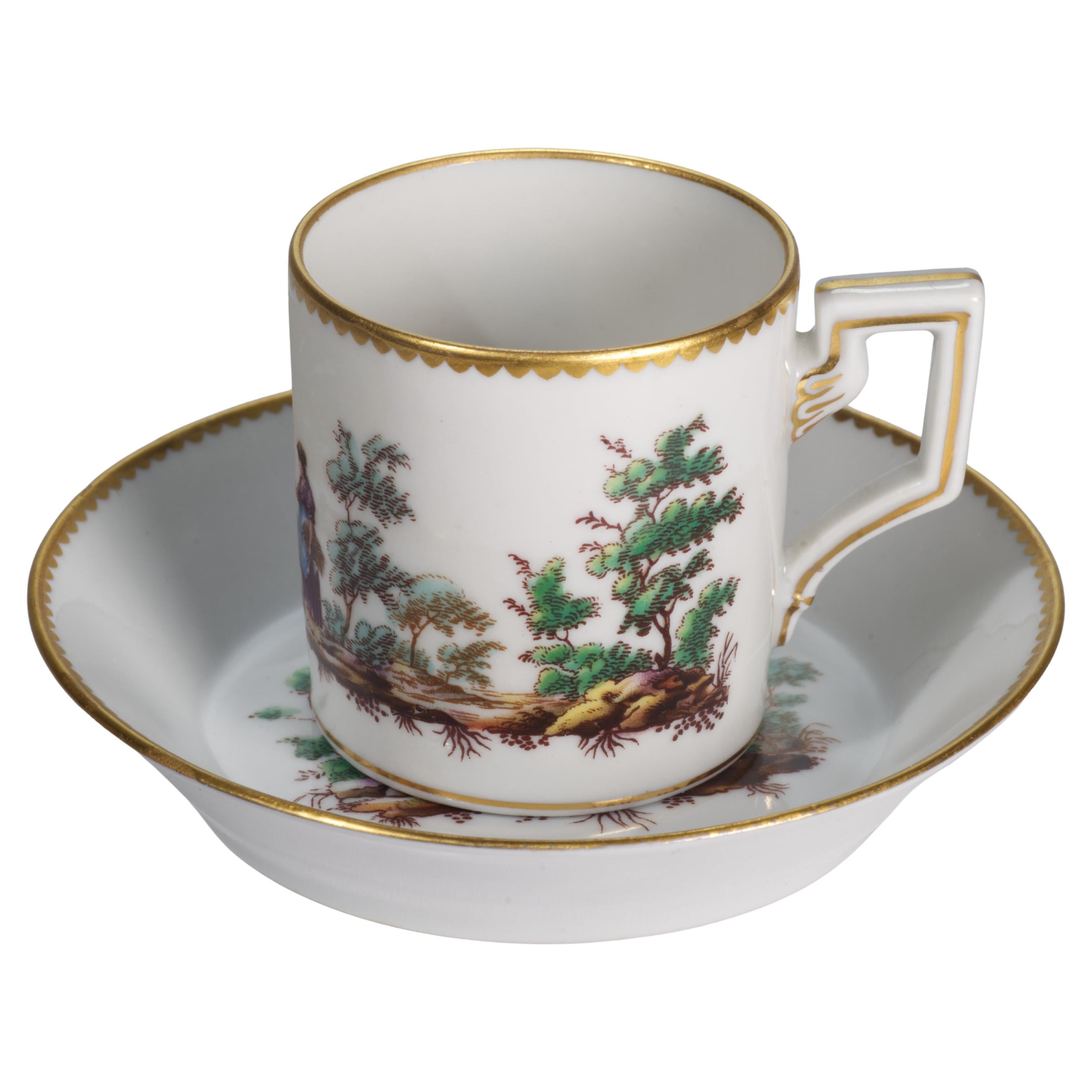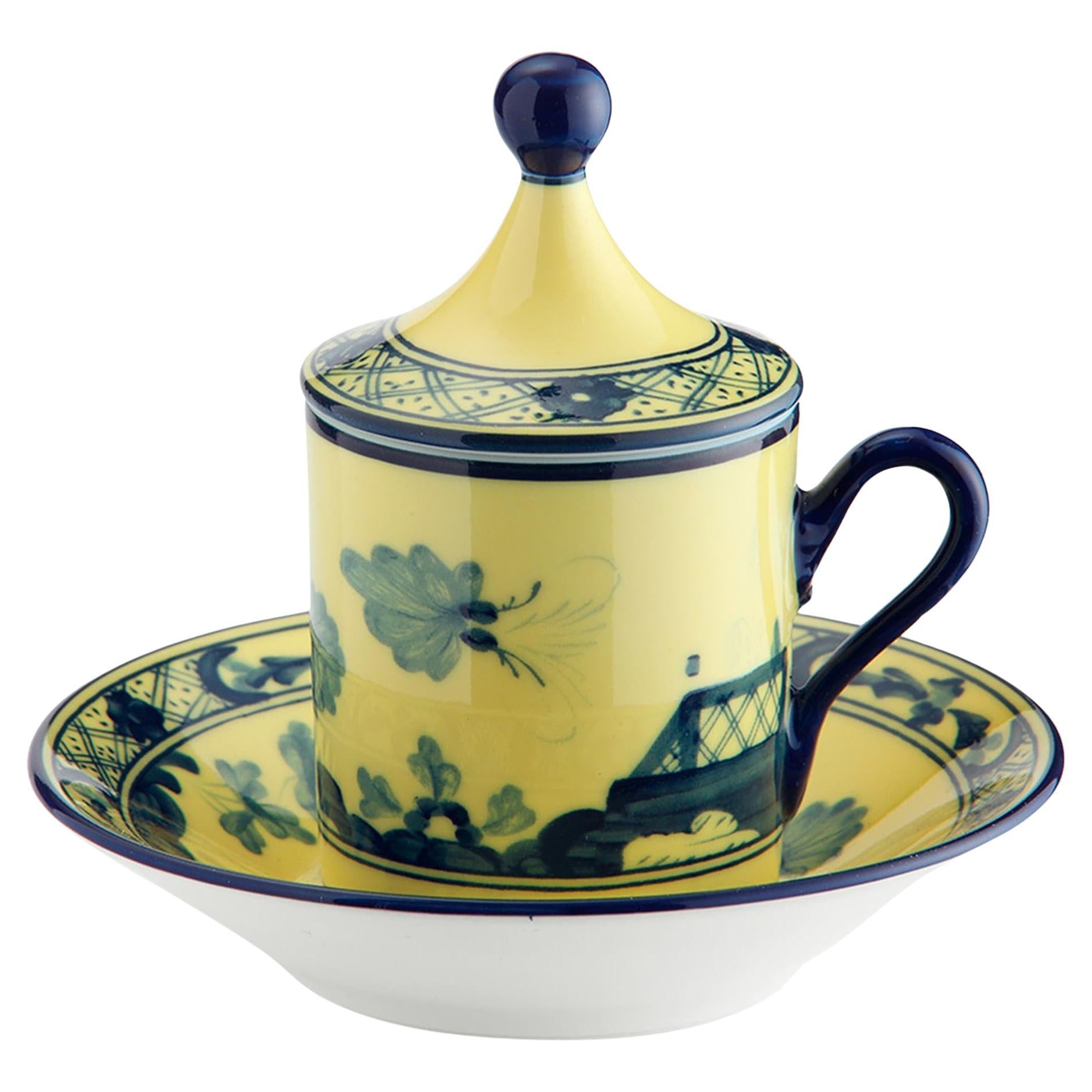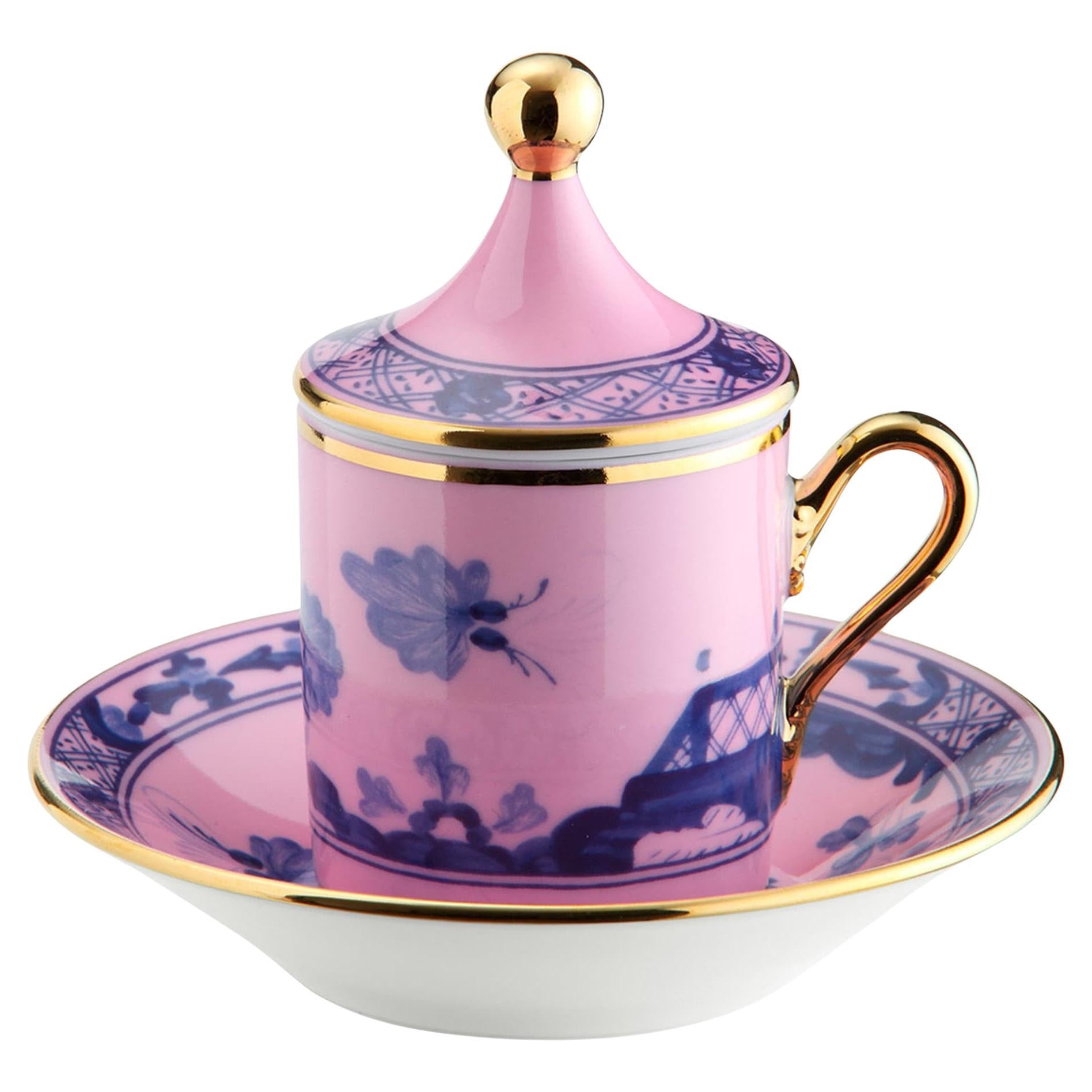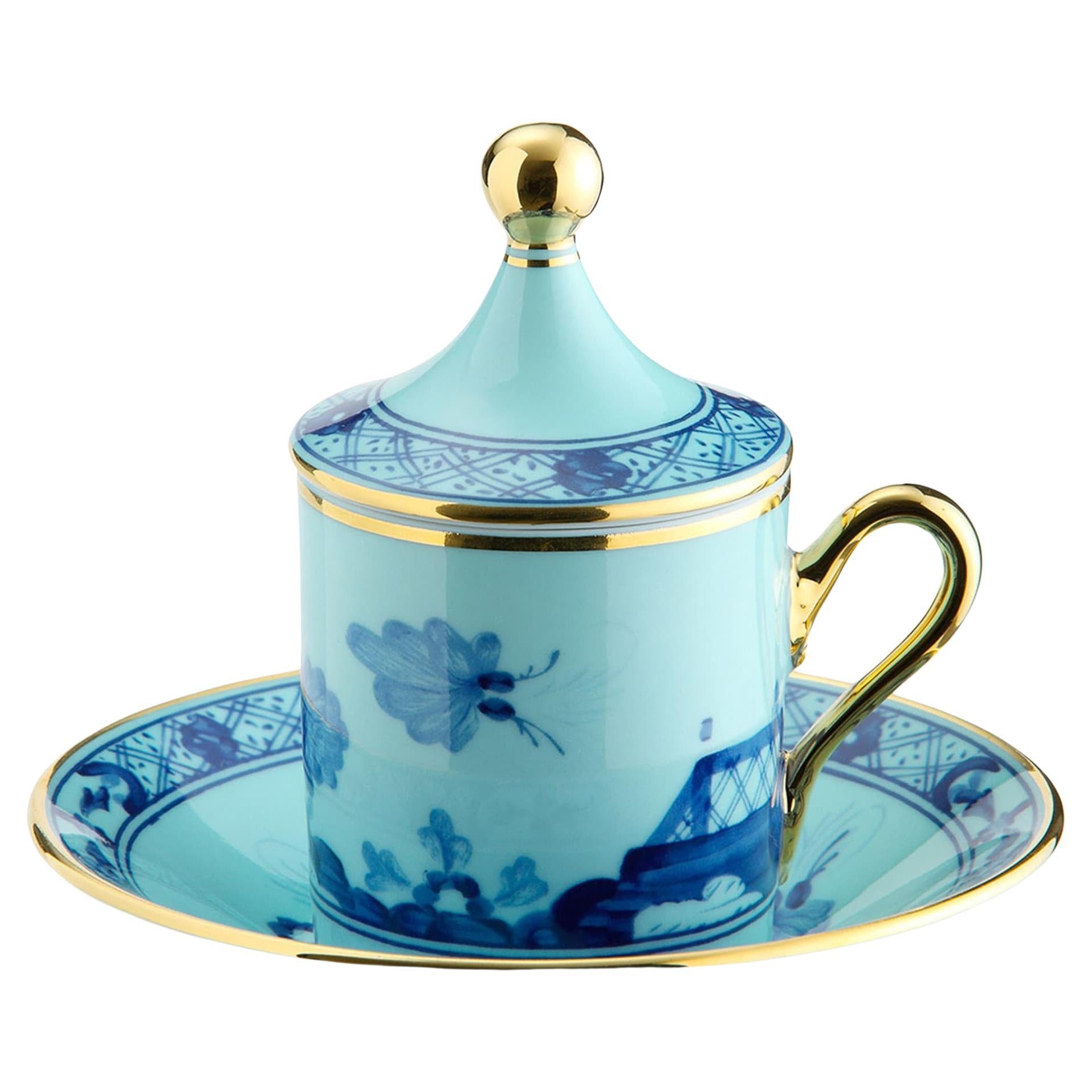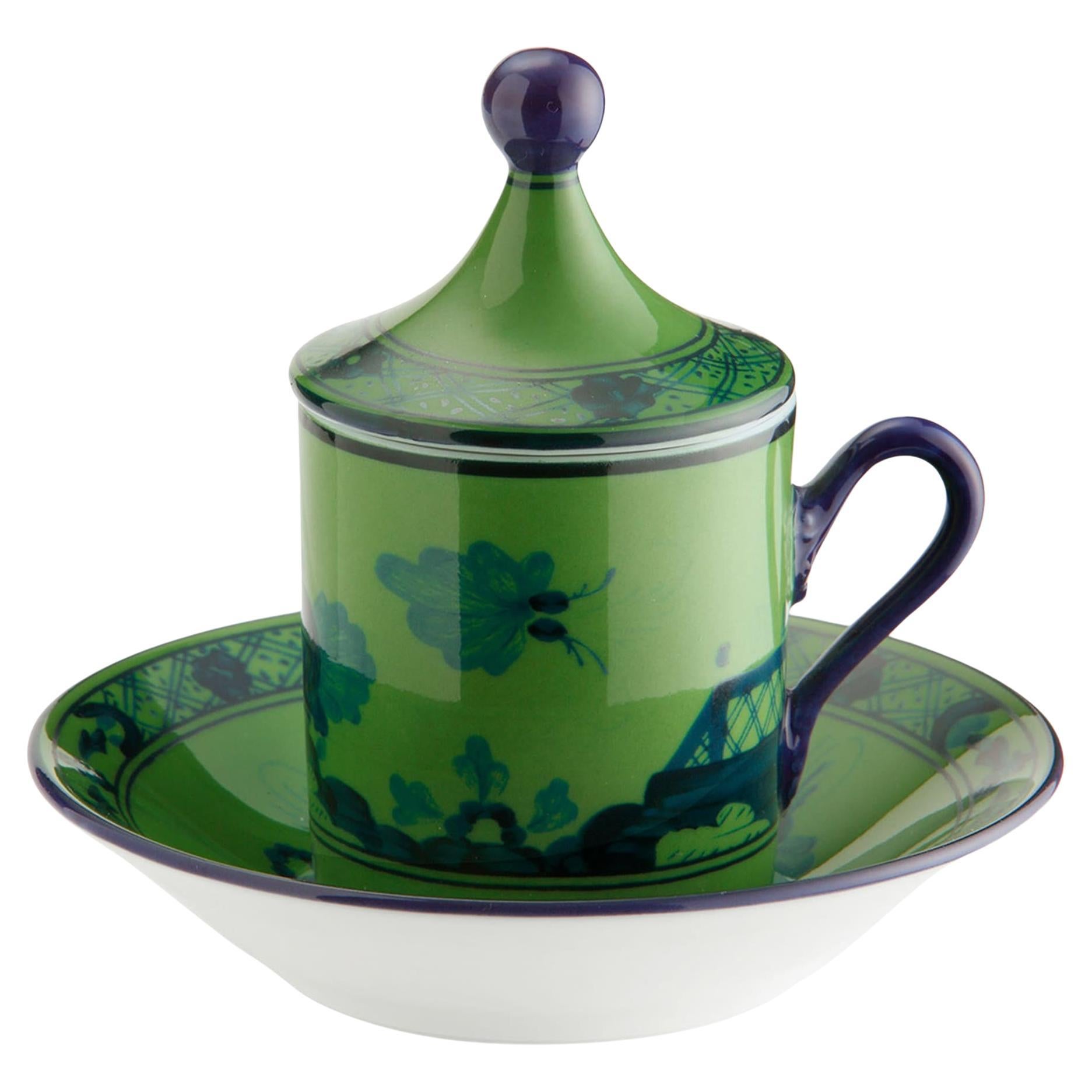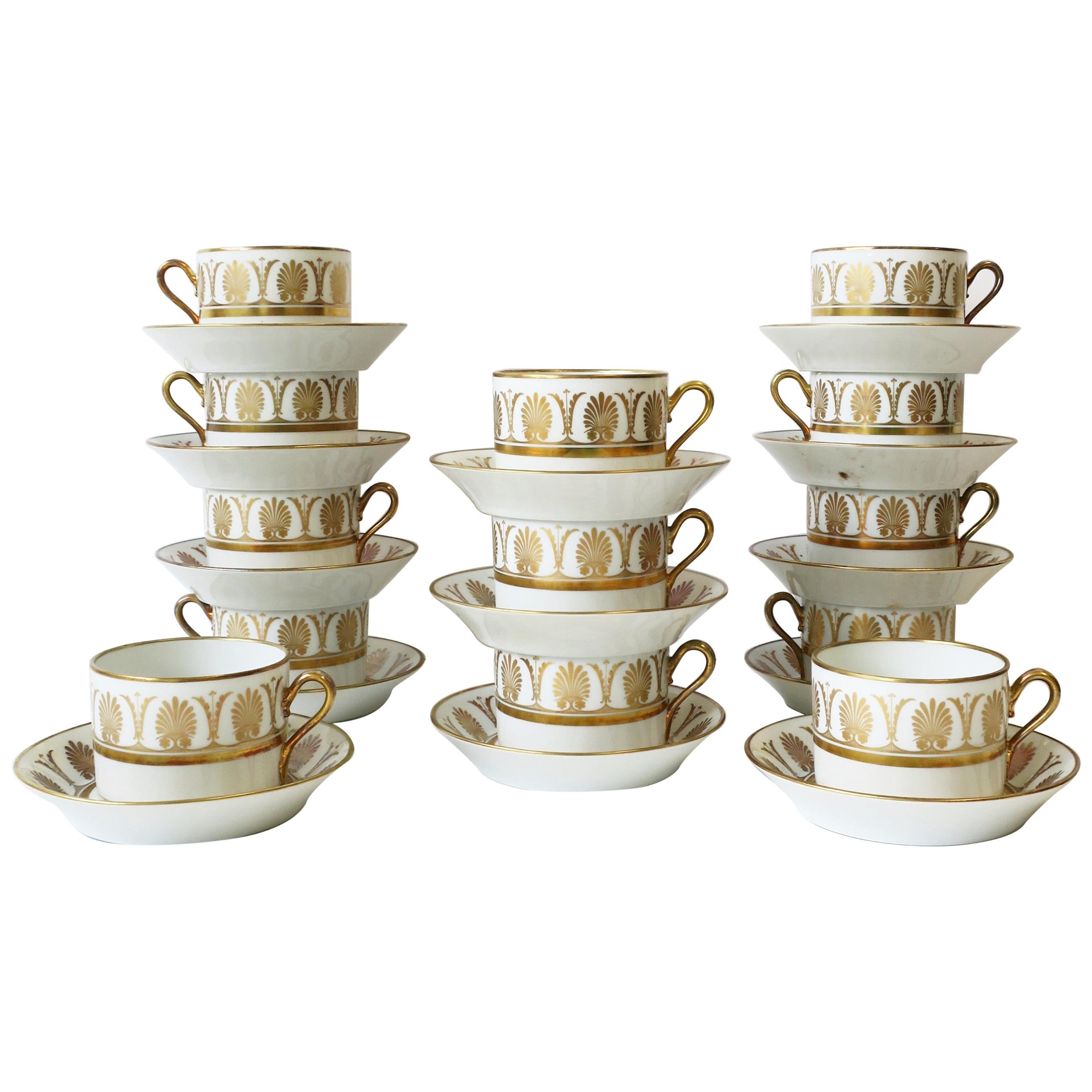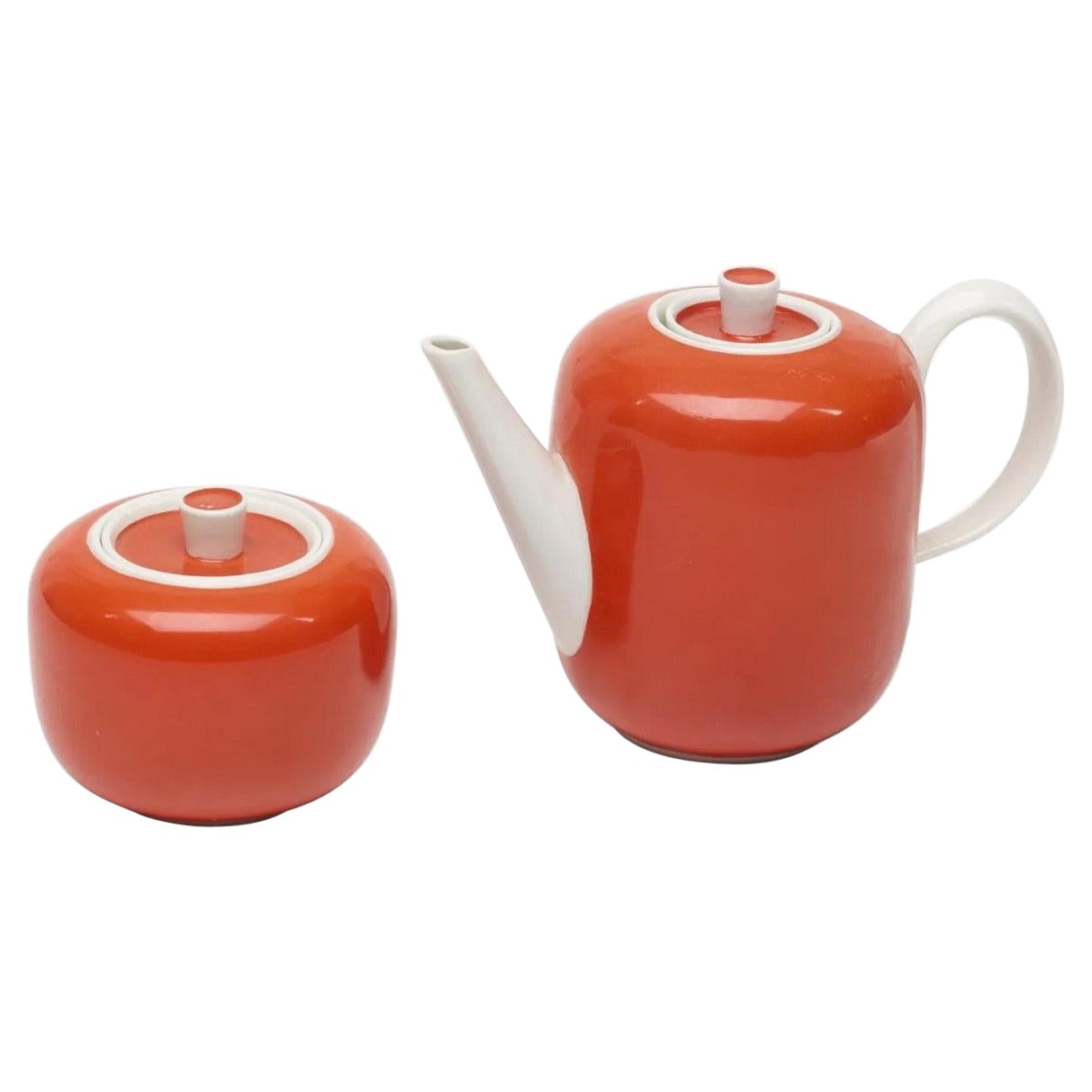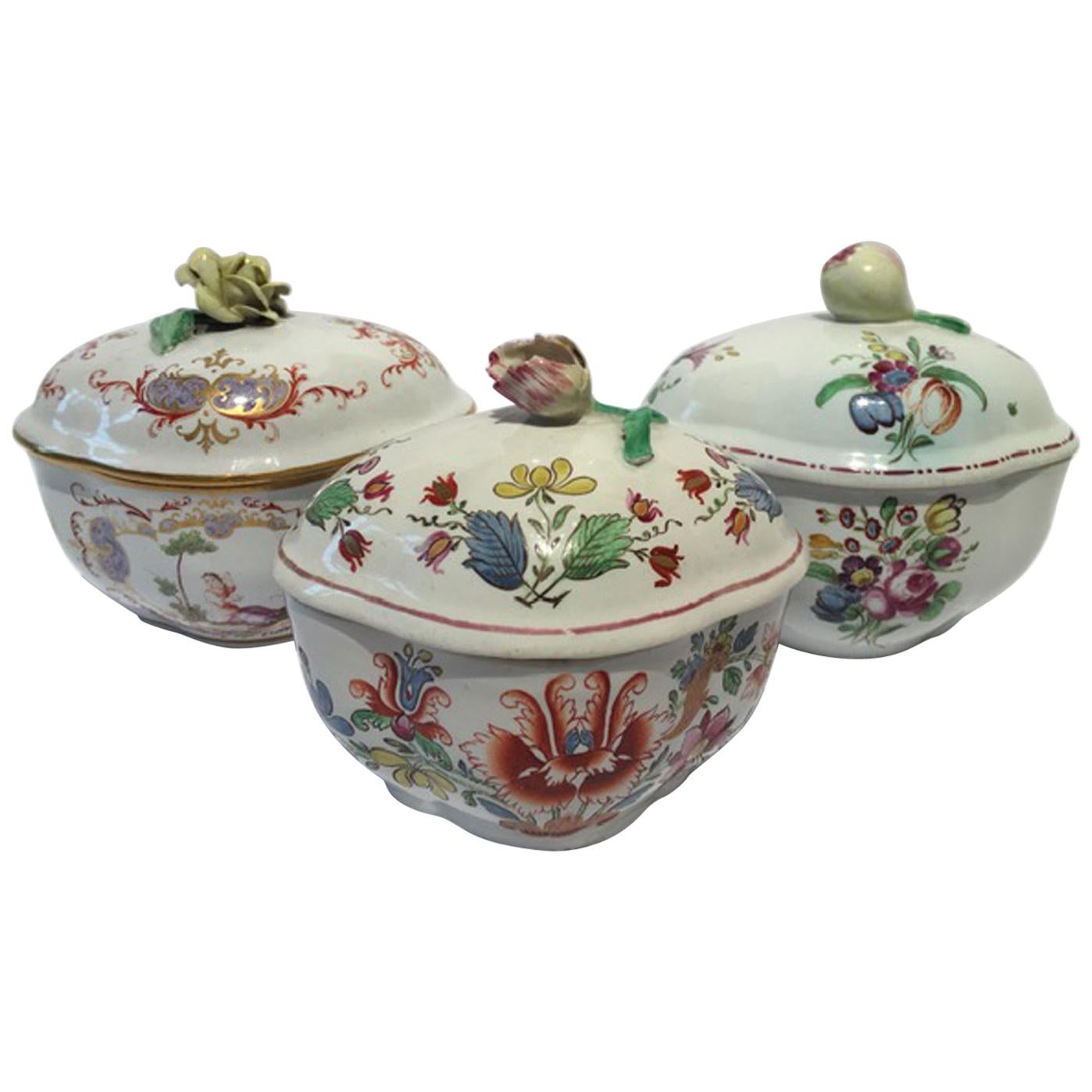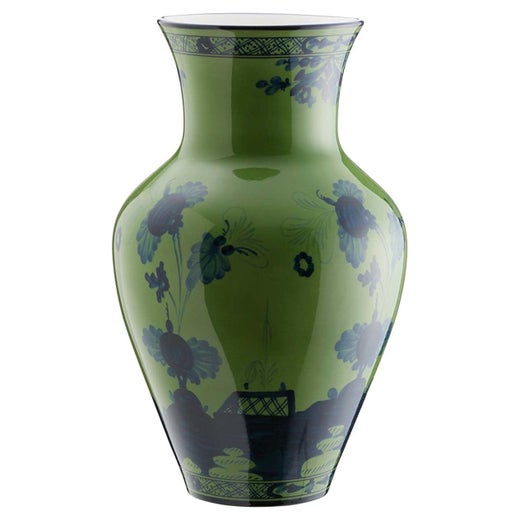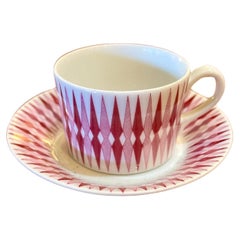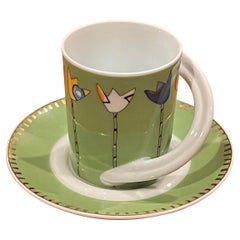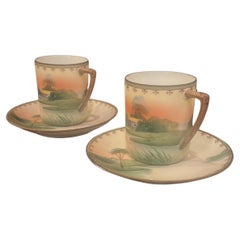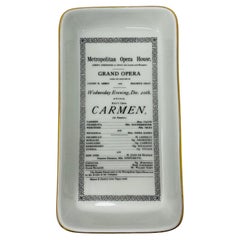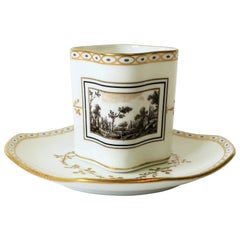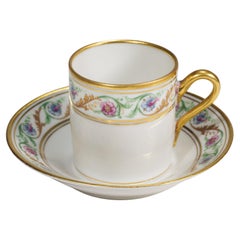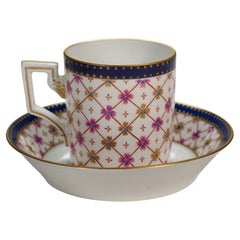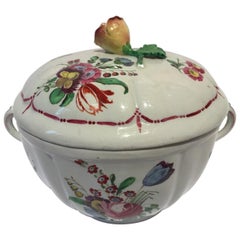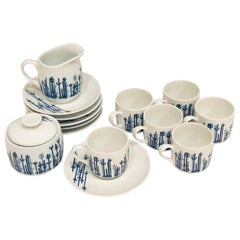
Espresso/Cappuccino Set of 6 Cups Sugar and Creamer by Richard Ginori
View Similar Items
Espresso/Cappuccino Set of 6 Cups Sugar and Creamer by Richard Ginori
About the Item
- Creator:Richard Ginori (Manufacturer)
- Attributed to:Gio Ponti (Designer)
- Dimensions:Height: 2.25 in (5.72 cm)Diameter: 2.25 in (5.72 cm)
- Sold As:Set of 14
- Style:Mid-Century Modern (Of the Period)
- Materials and Techniques:
- Place of Origin:
- Period:
- Date of Manufacture:1950s
- Condition:Wear consistent with age and use.
- Seller Location:San Diego, CA
- Reference Number:1stDibs: LU936617661132
Richard Ginori
The striking elegance and craftsmanship associated with vintage Richard Ginori porcelain and ceramics are hallmarks of the distinguished Italian manufacturer's deep heritage. Over nearly 300 years, the company has established a legacy of enduring design — its exquisite handmade serving pieces, tea sets, tableware, vases and more are coveted all over the world.
Richard Ginori traces its long history back to the village of Doccia, Italy, where marchese Carlo Ginori opened the Doccia Porcelain Manufactory in 1735. The factory employed talented Viennese painters and modelers, and although it took time for Carlo to perfect his models and molds, the company eventually became known for its impeccable white porcelain, inspired by Ginori's love of white gold. By 1779, the factory’s refined porcelain decorated palaces and stately residences.
In 1896, the factory expanded and merged with the Società Ceramic Richard of Milan. The new company was named Richard Ginori, and the early 20th century marked a period of artistic revival for the manufacturer.
In 1923, the influential Italian architect, publisher and furniture designer Gio Ponti was appointed as the company's artistic director (a role he held until 1933). He was still a young man at the time, but the now-celebrated polymath was fearless in his efforts to innovate at Richard Ginori — he introduced a contemporary spirit at the manufacturer and integrated ancient Roman art and other neoclassical elements into his richly ornate designs for decorative objects and ceramic vessels. At the 1925 International Exhibition of Modern Decorative and Industrial Arts in Paris — the design fair that brought the Art Deco style into the world — both Richard Ginori and its bold artistic director won a Grand Prix.
In the decades that followed, offerings at the storied porcelain manufacturer showed an adoption of the modern style that had taken shape in furniture design and decorative arts during the mid-20th century. In 1954, the company was renamed Ginori 1735, a reference to its inaugural year. Over time, Richard Ginori has partnered with numerous renowned designers such as Giovanni Gariboldi, Antonio Piva, Franco Albini and Aldo Rossi. In 2013, Gucci purchased the Ginori 1735 brand and factory.
On 1stDibs, find a collection of vintage Richard Ginori serveware and decorative objects.
More From This Seller
View All20th Century Finnish Scandinavian Modern Porcelain
Porcelain
Late 20th Century German Post-Modern Porcelain
Porcelain
20th Century Japanese Art Deco Porcelain
Porcelain
Vintage 1980s Italian Hollywood Regency Decorative Dishes and Vide-Poche
Porcelain
20th Century German Post-Modern Porcelain
Porcelain
Late 20th Century German Post-Modern Porcelain
Porcelain
You May Also Like
Mid-20th Century Italian Country Porcelain
Ceramic, Porcelain
Mid-20th Century Italian Mid-Century Modern Porcelain
Gold Leaf
Mid-20th Century Italian Mid-Century Modern Porcelain
Gold Leaf
Antique Mid-18th Century Italian Baroque Porcelain
Porcelain
Mid-20th Century Italian Art Deco Porcelain
Porcelain
2010s Italian Porcelain
Porcelain
Recently Viewed
View AllRead More
Barnaba Fornasetti’s Hallucinatory House Has His Father’s Spirit
Behind a nondescript facade in northeastern Milan is the magical residence of Barnaba Fornasetti. It's a shrine to the style developed by his design-legend father, which still defies categorization.
Billy Cotton Layers His Interiors with Lived-In Comfort
The Brooklyn-based designer is adept at styles ranging from austere to over-the-top, espousing an architectural, detail-oriented approach also evident in his line of furniture and lighting.
